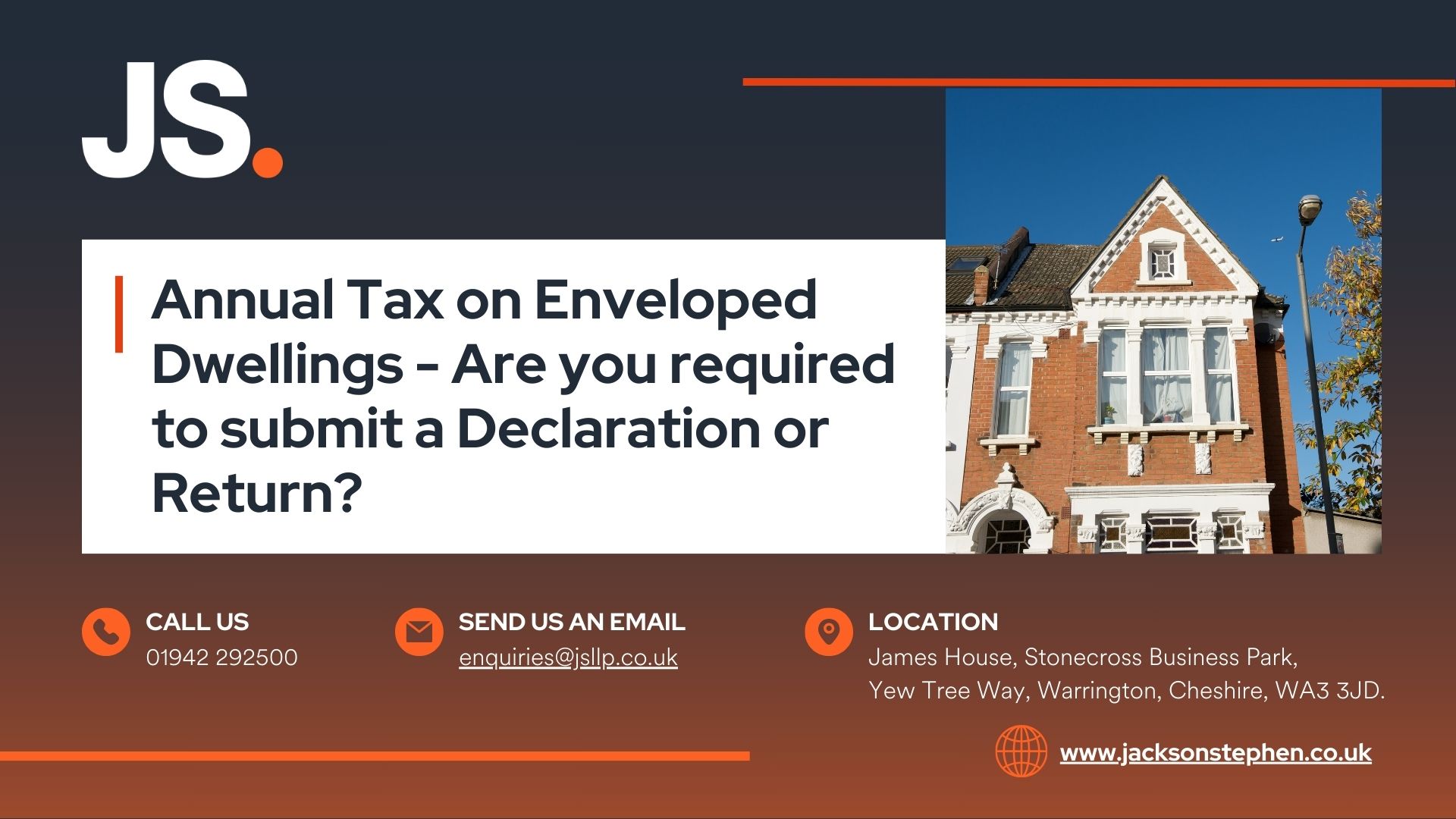The changing landscape of R&D - Plan now or risk missing out
15 May, 20235 minsThe landscape of R&D is changing, and JS put together 5 key things you need to know or d...

The landscape of R&D is changing, and JS put together 5 key things you need to know or do to avoid missing out on your claim.
1. Additional information requirement
The requirement to provide additional information in R&D claim applications will apply to all claims for R&D tax relief submitted from 1 August 2023, rather than claims in respect of accounting periods starting on or after 1 April 2023, as originally advised.
From August, HMRC’s additional information form is a requirement in addition to any R&D report and will need to be filed using the standard online form.
Senga Prior, Chair of ATT’s Technical Steering Group, has advised :
“The acceleration of HMRC’s plans for additional information could catch out businesses and their advisers who are either unaware of the change or thought they would have longer to prepare for it."
If you’re not already making plans for these changes, now is the time.
2. Early adoption and real-time claim preparation
As part of HMRC’s package of measures to reduce abuse and improve compliance, the additional information form required for all companies from 1 August is likely to create significant work for companies and their advisors. As part of our ‘best practice policy’ most of the information required is already included in our reports and forms part of our work with clients in ‘developing their R&D strategies’ to capture R&D in ‘real time’.
Senga Prior, Chair of ATT’s Technical Steering Group, has advised :
“It’s important that, ahead of August, companies, their agents, and R&D advisers agree who will be responsible for submitting the additional information form, especially as failure to do so will mean no tax relief.”
You should be having these conversations with your R&D advisor now.
3. Project information:
Most companies are unaware of the amount of information required by HMRC:
- for 1 to 3 projects, the company will need to describe all projects, covering 100% of the qualifying expenditure
- for 4 to 10 projects, it will need to describe projects that account for 50% of the total expenditure, with a minimum of 3 projects described
- for 10 to 100 plus projects, it will need to describe projects that account for 50% of the total expenditure, with a minimum of 3 projects described - however, if the qualifying expenditure is split across multiple smaller projects, describe the 10 largest.
As part of HMRC’s package of measures to reduce abuse and improve compliance from August, expenditure is to be split per project and split between Direct and Indirect Qualifying Expenditure.
JS can advise you on the most practical ways to track projects and costs so that by year-end, much of the information to prepare a claim will be ready.
4 . Proving your projects qualify as R&D:
When making an R&D claim, it’s important to provide HMRC with the information they require and have evidence to support your claim. At JS we work with clients to develop their R&D strategies to capture R&D information relevant to the qualifying activities and associated costs. This is important to be able to demonstrate the R&D advance clearly to HMRC and satisfy their 5 questions:
- What is the main field of science or technology
- What was the baseline level of science or technology that you planned to advance?
- What advance in that scientific or technical knowledge did you aim to achieve?
- What scientific or technological uncertainties did you face?
- How did your project seek to overcome these uncertainties?
You should work with your advisor to develop an R&D strategy to ensure you capture everything needed to support your claim.
5. A tried and tested process:
As part of HMRC’s package of measures to reduce abuse, it is clear there will be greater scrutiny of R&D claims. When making a claim, it’s important to provide HMRC with the information required and have evidence to support the claim should an enquiry be raised.
The burden of proof lies with the claiming company and as part of our ‘best practice policy’ we work with clients in ‘developing their R&D strategies’ to capture R&D in ‘real time’, meeting clients regularly to discuss work undertaken and costs incurred to identify whether they satisfy the BEIS guidelines.
If your adviser pops up once a year for a quick review, now is the time to consider if you’re really receiving the assistance required for the changing landscape of R&D tax relief.
JS has a specialist R&D team available to assist you with planning ahead, get in touch today for more information at js.tax@jsllp.co.uk.



